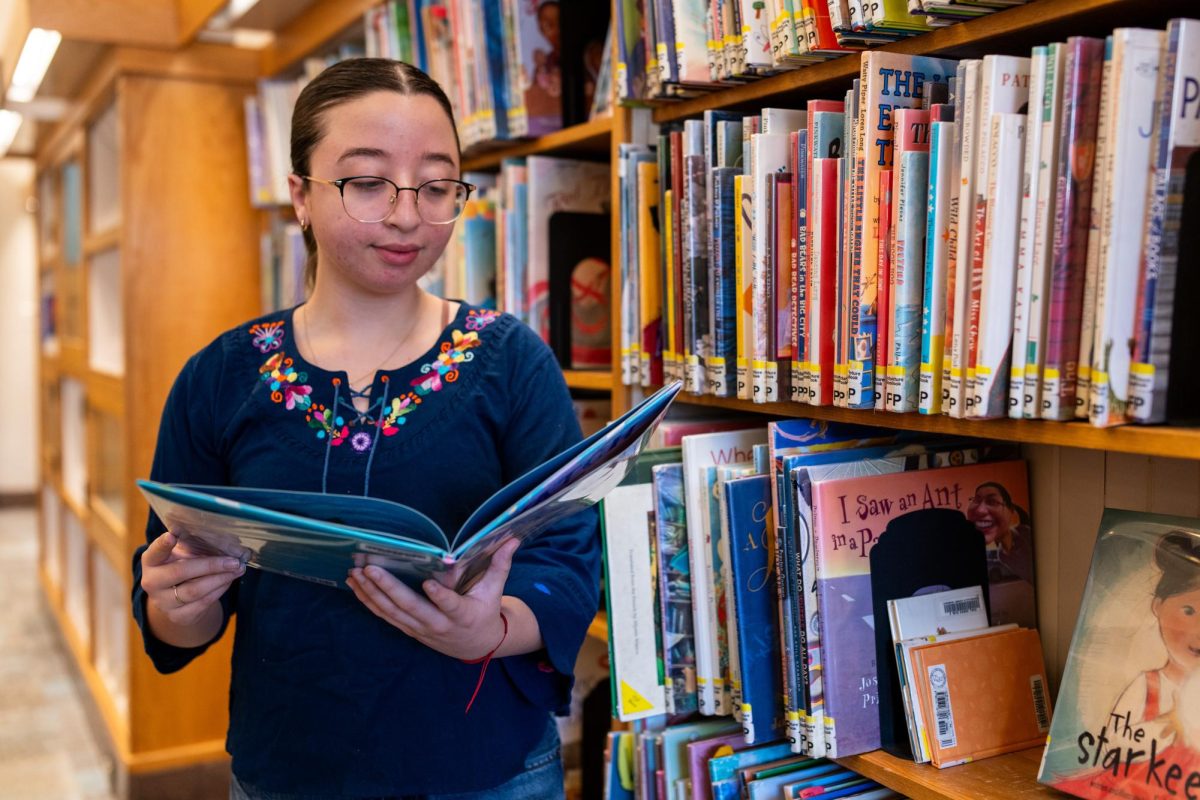Editorial: Let’s put the community back in community colleges
November 17, 2014
In recent years, education has played a prominent role in public discourse. This fall’s gubernatorial election showcased the ongoing debate, and as the role of government in society continues to evolve, so too will education policy. But one aspect of higher education is too often neglected — the importance of community colleges.
A Nov. 14 New York Times article examined the wealth disparity between community colleges and their four-year counterparts and found that LaGuardia Community College in Queens, N.Y., which educates 50,000 students annually, was thrilled to receive a $100,000 donation last year. Such a philanthropic move is commonplace at other colleges. The article compared Laguardia to Duke University, which educates roughly 15,000 students per year. The North Carolina university has received more than $49 million in donations this year alone. It’s an impressive number, but Duke does not even make the list of America’s 10 richest universities.
This reality is in no way highlighted to cast Duke and other liberally endowed universities in a negative light. Such philanthropic activity is admirable across the board. However, those concerned with education quality and accessibility must work to better fund our nation’s community colleges, too.
The public and private sector must work together to ensure this. In LaGuardia’s case, government support already contributes to 69 percent of its revenue — this public assistance cannot fade. The Times referenced a recent analysis by the Center for American Progress, an education think tank, which found that community colleges in 45 states have experienced decreased funding at a moment when enrollment has increased. Hopefully, as two-year college enrollment continues to grow, so too will public funding for them.
Even with public funding, though, one cannot neglect the importance of private contributions. In fact, business, nonprofit and volunteer participation is as essential as the public purse in aiding community college students.
According to the Times, “Educational institutions and services remain the second biggest beneficiaries of philanthropy in the country, after religious organizations, but little of the money flows to community colleges, the mostly public institutions that now enroll 45 percent of the country’s undergraduates, most of them poor or working class and many of them requiring extensive remedial learning.”
If we as a nation wish to talk seriously about education accessibility, we have to account for those trying to make use of a great resource in community colleges. Small contributions from local businesses, foundations and volunteers can play an instrumental role in community college students’ growth and development — whether through financial donations or through personal efforts, such as tutoring and advising. Community colleges are too often overlooked as a valuable educational opportunity — this mentality needs to change.
Businesses and foundations can use their means to give back to the community by contributing to, well, community colleges. The John E. Morgan Foundation is a shining example of this philanthropy. The foundation allows any qualified Tamaqua, Pa., Area high school senior to attend the Morgan Center at Lehigh Carbon Community College on full scholarship for two years. This generous gift to local students is an example of the philanthropy necessary to positively impact the local community.
Although not all businesses or foundations have the means to do what the Morgan Foundation does, they can still contribute on a small scale. Small donations add up, and if a community bands together to help its local college, not only will students prosper, but so too will the community itself. After all, a better educated workforce is advantageous to any city or town.
Furthermore, a community college education is not auspicious for just low-income students. For those not sure of future plans, attending a community college for two years can certainly be a cost-effective and rewarding experience.
As students and citizens, we must acknowledge the opportunities community colleges provide to students working to better their lives. Improving these institutions cannot solely be the job of the government’s checkbook. The private sector and volunteer organizations must play an instrumental role in not only sustaining community colleges, but also building them. If community colleges thrive, we as a nation can continue to realize the promise of quality and accessible education not for some, but for all.







